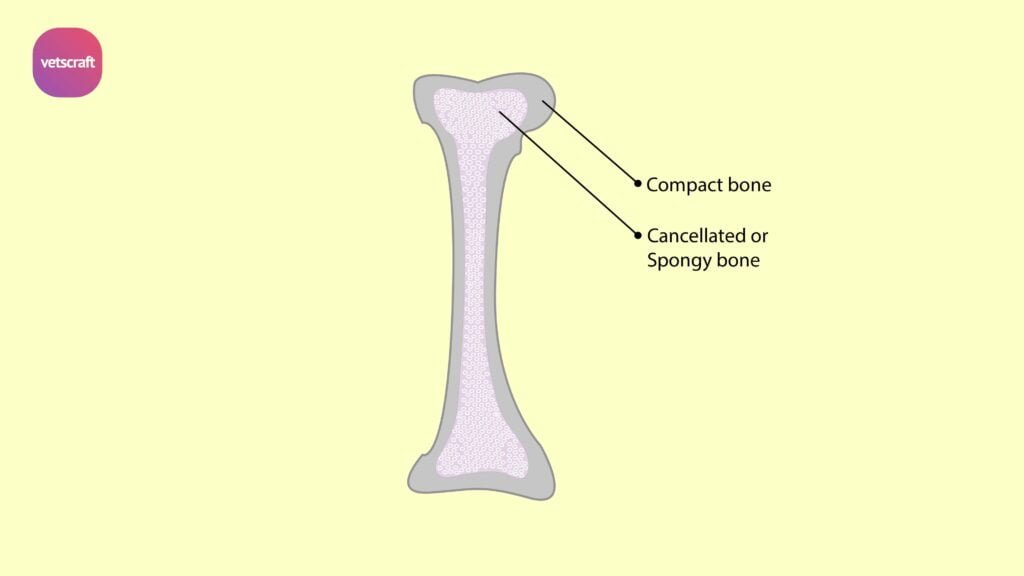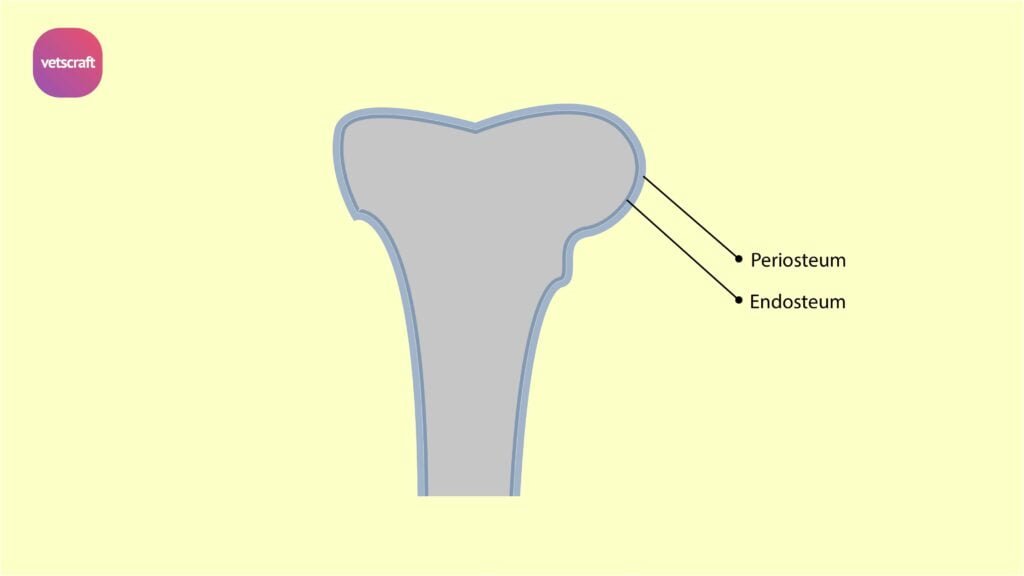TABLE OF CONTENTS
Introduction of Osteology: Exoskeleton and Endoskeleton of Animals
Introduction to osteology includes the definition and general classification of the skeleton. Osteology is the study of bones. Bone is the hardest structure in the body, except for the teeth.
Bones support and protect the tissues of the body and form the framework or skeleton. They also act as levers to which muscles or their tendons are attached and serve as parts of the locomotor apparatus. Bones serve as a storehouse for calcium in the body. In addition, the bone marrow found inside the bones is an important source of blood corpuscles.
Skeleton of Animals
The skeleton is generally classified as-
- Exo-skeleton
- Endo-skeleton

1. Exoskeleton
The exoskeleton is found on the surface of the body. It is characteristic of invertebrates. In higher vertebrates, it is represented by nails on the digits, horns, hooves, etc., as seen in some mammals, as well as the shells of crabs and tortoises.
2. Endoskeleton
Endoskeleton found embedded in soft tissues within the body. It forms the supporting framework consists of two parts:
- Axial skeleton: Consisting of the skull, the vertebral column, ribs and sternum.
- Appendicular skeleton: Consisting of the bones in the pectoral (forelimb) and pelvic (hind limb) limbs.
In addition to this arrangement of bones, small bones occur in the tissues of an organ or other structures that do not form part of the regular skeleton. These small bones are called heterotopic bones and occur only at particular sites in specific species of animals.
Examples of Heterotopic bones are:
- Os cordis in the heart of cattle
- Os penis in the penis of the dog, also in bats, rodents and some primates
- Os rostri in the snout of pigs
- Os phrenic in the diaphragm in camels
The term splanchnic or visceral bone is also used to refer to these heterotopic bones.
Bone
Bone is a hard structure, appears yellowish-white in colour in a fresh dead bone. While in the living animal, it appears bluish pink. It is hard and rigid in macerated and prepared bones, but in the living animals, the rigidity is combined with a certain degree of flexibility also. They function to move, support, and protect the various organs of the body, produce red and white blood cells and store minerals.

